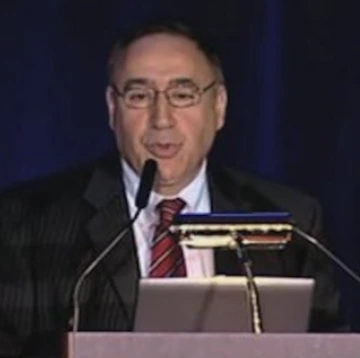When

Monday, February 24, 2025 - 12:00 p.m.
Metin Akay
John S. Dunn Endowed Chair Professor
Department of Biomedical Engineering
University of Houston
“Novel Tumor-Suppressive RNA Therapeutics for the Treatment of Breast Cancer, Glioblastoma Multiforme (GBM), and Colorectal Cancer (CRC)”
Keating 103
Zoom | Password: BearDown
Hosts: Alex McGhee and Swarna Ganesh
(Instructor permission required for enrolled students to attend via Zoom)
Persons with a disability may request a reasonable accommodation by contacting the Disability Resource Center at 621-3268 (V/TTY).

Abstract: The chemotherapy remains as a mainstay treatment for breast (triple negative-TNBC), brain -GBM and colorectal cancers, however only a half of the patients can not achieve remission and most patients develop resistance and relapse. MicroRNAs (miRNAs) are non-protein-coding RNA molecules 20–25 nucleotides in length that can suppress the expression of genes that are involved in numerous physiological processes in cells. miRNA dysregulation in cancer cells plays a crucial role in cell proliferation, invasion, metastasis, and angiogenesis, drug resistance tumor growth and progression in a broad range of cancers including breast cancer. Thus, strategies involving either restoring the expression of tumor suppressor miRNAs or inhibiting overexpressed oncogenic miRNAs hold potential for targeted cancer therapies.
We demonstrated that several microRNA-based nanotherapeutics inhibits in vivo growth of TNBC, GBM and CRC tumor xenografts in mice with no toxic or side effects in mice, suggesting that this technology may be used clinical translation to patients for Phase 1 clinical trials. The talk also discusses focus the current state of targeted therapies and successful development of novel targeted therapeutic RNA based (miRNA) based nanotherapeutics which is considered a novel era of targeted therapeutics in treatment of human cancers and diseases.
Bio: Metin Akay is the John S. Dunn Endowed Professor of the Biomedical Engineering Department at the University of Houston. He has played a pivotal role in building an innovative and dynamic environment for both research and academics in BME at the University of Houston (UH). His vision focused on integrating basic and translational research to address the rapidly evolving global healthcare landscape. Under his leadership, the department has built strong research programs in three key areas: neural and rehabilitation engineering, biomedical imaging, and immuno-engineering and bionanosciences. In addition to fostering a unique research environment, he played a key role in establishing both the undergraduate and graduate programs at UH BME. He received honorary doctorates from Aalborg Silesian and Pécs Universities and professorship from the Technical University of Crete. He has authored more than 20 books and 170 journal papers, along with 200 conference papers and abstracts and delivered over 200 keynote, plenary and invited talks at highly respected international conferences, including IEEE ICASSP. He is a recipient of the IEEE EMBS Academic Career, Early Career and Service Awards, an IEEE Third Millennium Medal, and the prestigious Zworykin Award from the International Federation for Medical and Biological Engineering (IFMBE). He is a life fellow of IEEE, fellow of the Institute of Physics (IOP), the International Academy of Medical and Biological Engineering (IAMBE), the American Institute for Medical and Biological Engineering (AIMBE), and the American Association for the Advancement of Science (AAAS).
